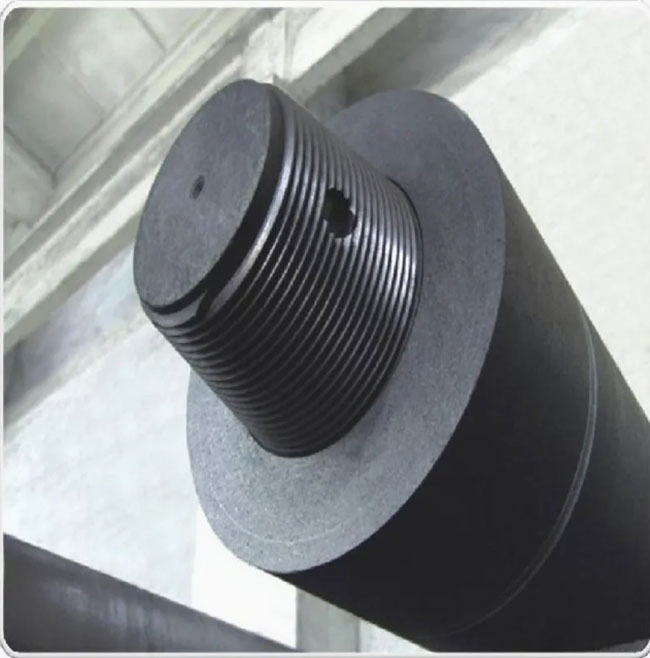
The global demand of electric vehicles (EVs) is rapidly increasing, and with this will come a growing need for graphite electrodes. The electrodes are vital to the operation of EV batteries, where they act as anodes. The advent of this new source of energy has also played a key role in the development of advanced products made of carbon graphite.
Despite their versatility, these high-performance materials are not without challenges. These high-performance materials are not without challenges. The production processes often generate large quantities of greenhouse gases.
As an example the high-temperature bake process required to produce graphite electrodes requires considerable energy. Consequently, the use of alternative energy sources to reduce this energy consumption is a key initiative to mitigate environmental impact. Incorporating renewable resources, which reduces dependence on fossil fuels, is another focus.
In addition, the reprocessing raw material particles into graphite electrodes involves energy-intensive processes that can result to significant CO2 emission. The implementation of waste heat recovery systems within the manufacturing process can significantly reduce these emissions. Likewise, the incorporation of recycled materials reduces the need for extraction of valuable natural resources.
To address these issues, Hexagon's Performance+ additive technology has been shown to improve the bulk density and electrical conductivity of graphite electrodes for use in EAF steel making. Test results show that the addition of flake to synthetic Graphite at a rate of 2.5% significantly improves both electrical conductivity and bulk density.
This improvement is a direct result of the high crystalline content of Hexagon's Performance+ additive, which increases the true/bulk density and electrical conductivity of graphite compared to all-synthetic materials. This translates to reduced operating costs.
This is especially important for applications in harsh environments, such as continuous casting where electrode replacements are required frequently. This is particularly important for applications in harsh environments, such as continuous casting where frequent electrode replacements are required.
Hexagon’s enhanced material graphite will reduce emissions and costs along the value chain. Hexagon’s improved graphite materials will enable its customers to run their steel plants with greater efficiency, aligning themselves to global efforts in combating climate change. In the future, these advancements are expected to further optimize and streamline the production of graphite electrodes for use in high-performance steel applications. In particular, they are expected to enable the use of environmentally sustainable green graphite in EAF applications. This type of green material will be less harmful to the environment than other materials made from petroleum needle coke. The material will have better properties such as electrical and thermal conductivity. This will result in greater efficiency for the electrodes.

Write a Message